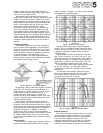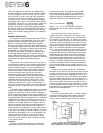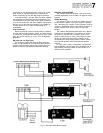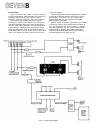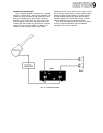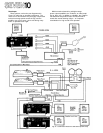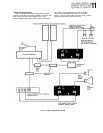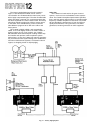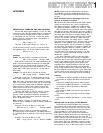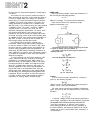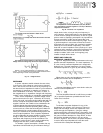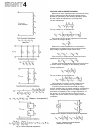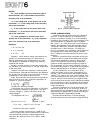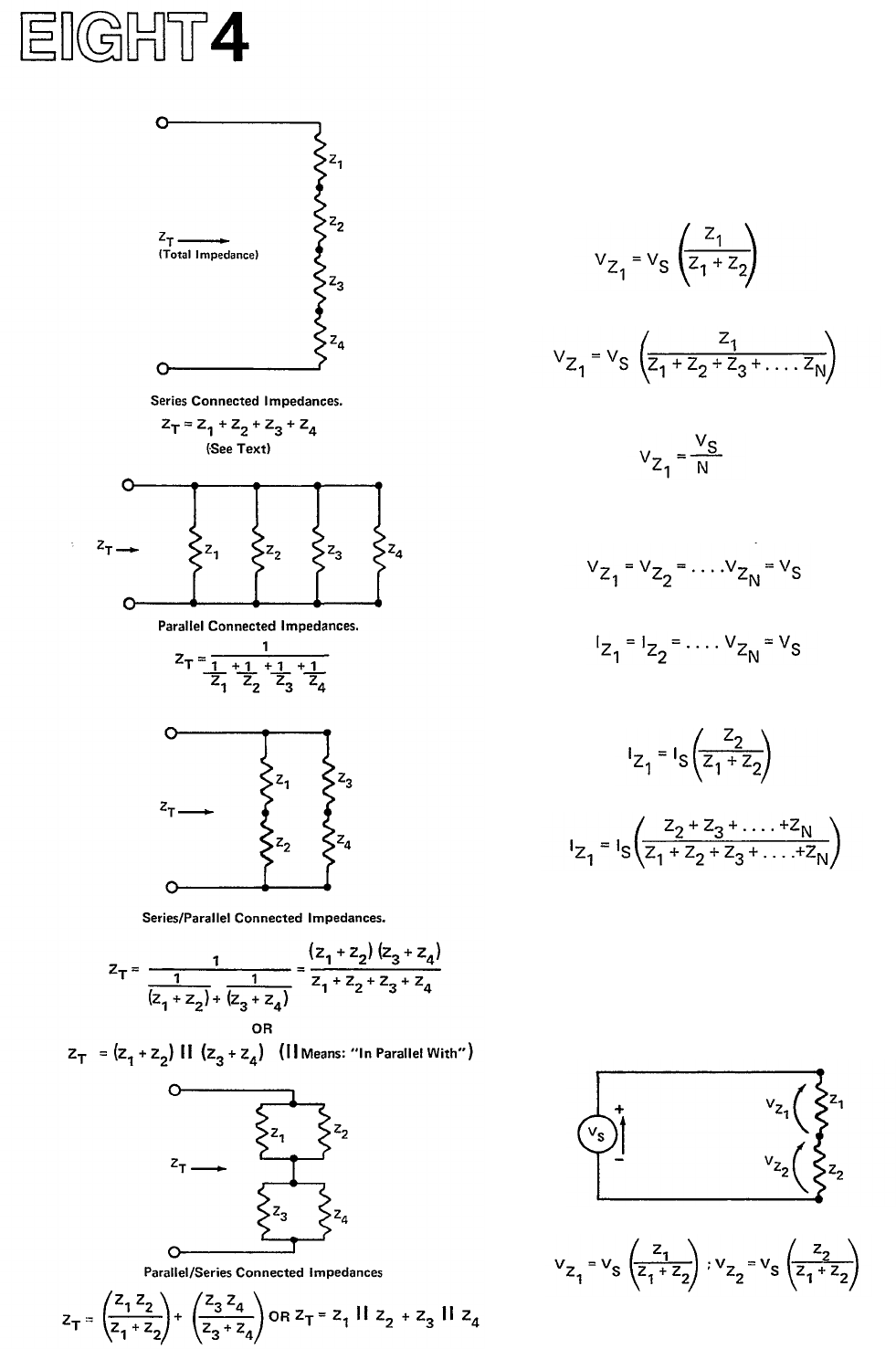
Fig. 81 - Series and Parallel Impedances.
VOLTAGE AND CURRENT DIVISION
When two or more impedances are connected in series
across a voltage source they share the voltage among
themselves according to the following formulas, where
N is the number of impedances: (see Figure 82)
For two impedances:
For any number (N) of impedances:
If the ohmic value of all the impedances is the same,
they share the voltage equally:
When two or more impedances are connected in
parallel across a voltage source, they each receive the
same voltage, regardless of their ohmic value.
If the source is a current source, series connected
impedances all receive the same current:
Parallel connected impedances share the current from
a current source according to the following formula:
For two impedances:
For any number (N) of impedances:
Once voltage or current is known, power can be
calculated
from
the formulas on
Page
EIGHT
2.
In audio, most sources can be treated as voltage
sources, whether they are power amplifiers, microphones,
mixers, etc. By considering them as voltage sources in
series
with
an
impedance (the
"output
impedance" of
the device), all of the formulas for Ohm's law and
voltage and current division can be applied, with few
exceptions.
Voltage Division between Two Series Connected Impedances:
Fig. 82 - Voltage and Current Division.
(Continued on next page)



